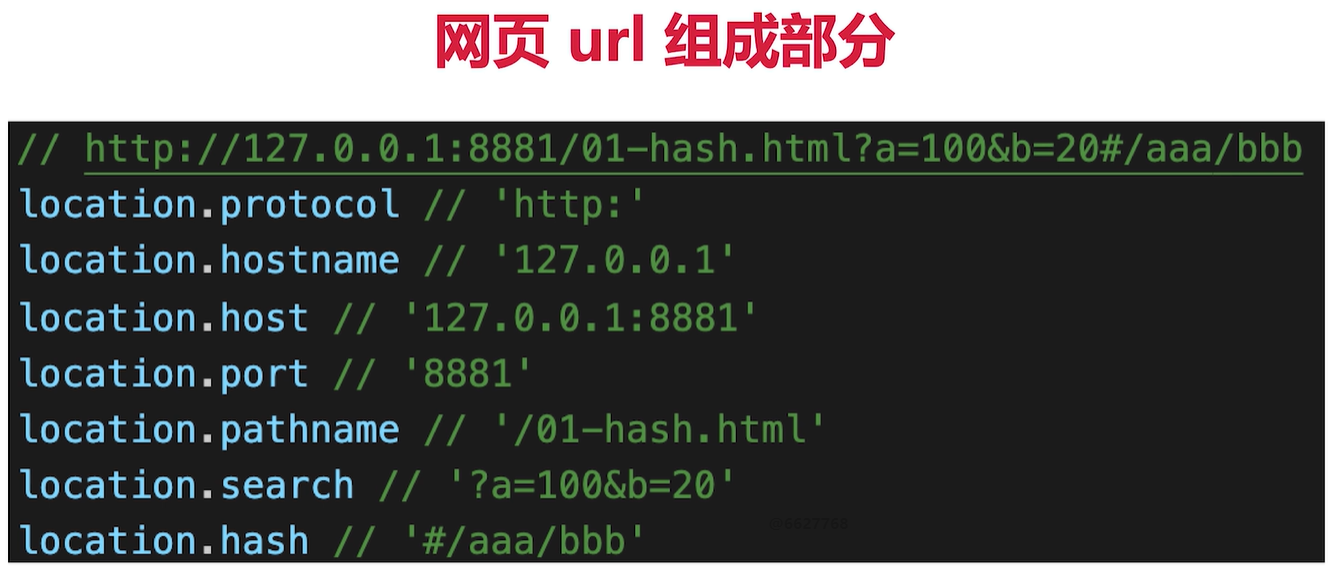
hash 模式 【推荐】
路由效果
在不刷新页面的前提下,根据 URL 中的 hash 值,渲染对应的页面
- http://test.com/#/login 登录页
- http://test.com/#/index 首页
核心API – window.onhashchange
监听 hash 的变化,触发视图更新
window.onhashchange = (event) => {console.log("old url", event.oldURL);console.log("new url", event.newURL);console.log("hash", location.hash);// 执行视图更新(比较复杂,无需深究)
};
hash 的特点
- hash 变化会触发网页跳转,即浏览器的前进、后退
- hash 变化不会刷新页面(单页面应用SPA 必需的特点)
- hash 永远不会提交到 server 端
修改 hash 的方式
- 通过JS 修改
location.href='#/user'
- 手动修改 url 里的hash
- 浏览器前进、后退
H5 history 模式
路由效果
在不刷新页面的前提下,根据 URL 中的 pathname 值,渲染对应的页面。
- http://test.com/login 登录页
- http://test.com/index 首页
核心API – history.pushstate 和 window.onpopstate
- 使用 history.pushstate 跳转页面,避免页面刷新
const state = { name: "index" };
// 使用 history.pushState 跳转页面,浏览器不会刷新页面
history.pushState(state, "", "index");
- 使用 window.onpopstate 监听浏览器前进、后退
//监听浏览器前进、后退
window.onpopstate = (event) => {console.log("onpopstate", event.state, location.pathname);
};
history 的特点
- 需后端配合
无论访问怎样的 url ,都返回 index.html 页面
应该选择哪种模式?
- to B (面向企业的服务)的系统,推荐用 hash,简单易用,对 url 规范不敏感
- to C(面向消费者的服务)的系统,可以考虑选择 H5 history,但需要服务端支持
- 能选择简单的,就别用复杂的,要考虑成本和收益







![[图像处理] MFC OnMouseMove()绘制ROI矩形时的闪烁问题](http://pic.xiahunao.cn/[图像处理] MFC OnMouseMove()绘制ROI矩形时的闪烁问题)











